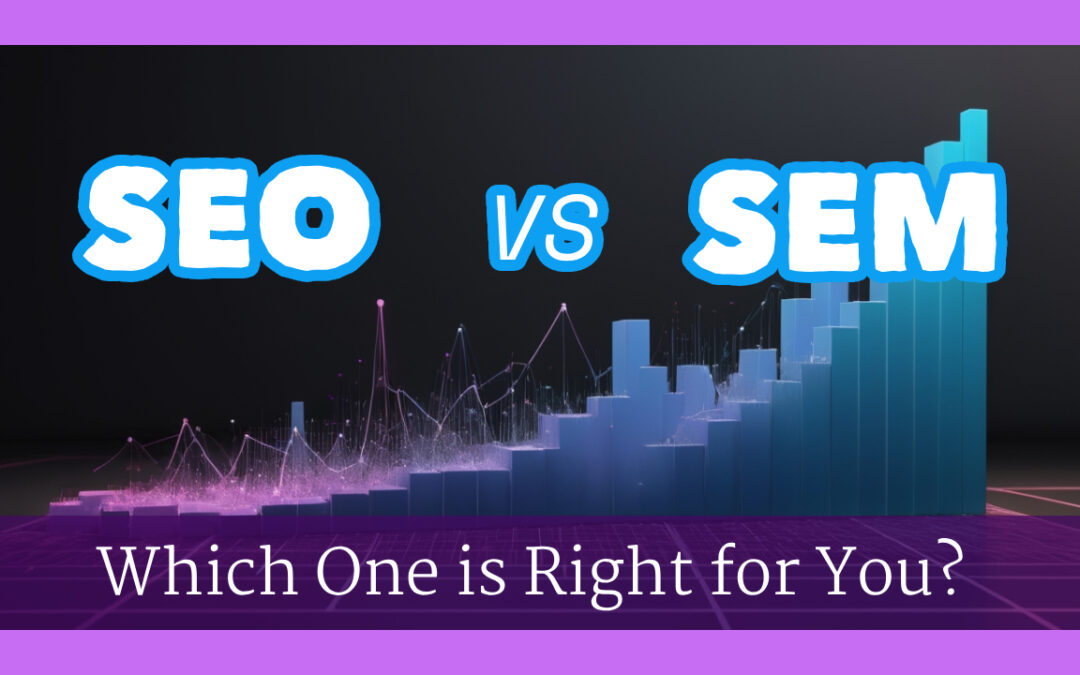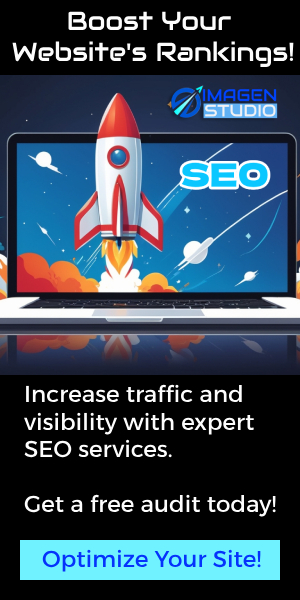
SEO vs SEM: What’s the Difference and Which One is Right for You?
In the ever-evolving world of digital marketing, understanding the difference between SEO (Search Engine Optimization) and SEM (Search Engine Marketing) is crucial for anyone looking to boost their online presence. In this article, we’ll break down these two powerful strategies, their key differences, pros and cons, and help you determine which one might be the best fit for your business.
What is SEO?
SEO, or Search Engine Optimization, involves optimizing your website to rank higher in organic (non-paid) search engine results. This process includes various tactics such as:
- Keyword Research: Identifying the right keywords that potential customers are using to find products or services similar to yours.
- On-Page SEO: Optimizing your website’s content, meta tags, and headers to be more search-engine friendly.
- Technical SEO: Ensuring your website’s technical aspects, like page speed, mobile-friendliness, and site architecture, are optimized for search engines.
- Content Creation: Produce high-quality, relevant content that provides value to your audience and encourages them to engage with your site.
- Backlink Building: Acquiring high-quality backlinks from reputable websites to increase your site’s authority.
The main advantage of SEO is that it builds a sustainable, long-term online presence. Once your site is well-optimized and ranks high, it can continue to attract organic traffic without additional costs per click.
What is SEM?
SEM, or Search Engine Marketing, involves using paid strategies to increase your visibility on search engine results pages (SERPs). This primarily includes:
- Pay-Per-Click (PPC) Advertising: Running ads on platforms like Google Ads where you pay each time someone clicks on your ad.
- Ad Campaign Management: Creating and managing advertising campaigns to target specific keywords, demographics, and geographic locations.
- Bid Management: Adjusting your bids for keywords to ensure your ads are shown to the right audience at the right time.
- Ad Copywriting: Crafting compelling ad copy that encourages users to click on your ads.
- Landing Page Optimization: Ensuring that the pages users land on after clicking your ads are optimized for conversions.
The key benefit of SEM is its ability to drive immediate traffic to your site. This is particularly useful for short-term campaigns, promotions, or when you’re just starting and need quick visibility.
Key Differences Between SEO and SEM
While both SEO and SEM aim to increase your visibility on search engines, they have several key differences:
- Cost: SEO is typically more cost-effective in the long run as it focuses on organic results. SEM, however, requires ongoing investment in paid ads.
- Time: SEO is a long-term strategy that takes time to see results. SEM provides instant visibility and can drive immediate traffic.
- Sustainability: SEO builds lasting value that can sustain traffic over time. SEM’s results stop as soon as you stop paying for ads.
- Effort: SEO requires continuous effort in content creation, optimization, and backlink building. SEM involves ongoing ad campaign management and budget allocation.
Pros and Cons
SEO Pros:
- Long-lasting results
- Cost-effective over time
- Builds credibility and authority
SEO Cons:
- Takes time to see results
- Requires consistent effort
SEM Pros:
- Instant visibility
- Measurable ROI
- Great for short-term campaigns
SEM Cons:
- Can be expensive
- Results stop when you stop paying
- Requires ongoing budget
Which One is Right for You?
Choosing between SEO and SEM depends on your specific goals and resources. If you need quick results and have a budget for advertising, SEM might be the best option. It’s particularly effective for new businesses, product launches, or time-sensitive promotions. On the other hand, if you’re looking to build a sustainable, long-term online presence, investing in SEO is essential. It may take longer to see results, but the benefits of a well-optimized site can last for years.
Conclusion
Both SEO and SEM are powerful tools in the digital marketing toolkit. Understanding their differences and how they can complement each other is key to developing a successful online strategy. By leveraging the strengths of both, you can maximize your visibility and achieve your marketing goals.
If you need expert help with your digital marketing efforts, don’t hesitate to reach out to us at SkyWebmasters Marketing Agency. We’re here to help you achieve your digital marketing goals and skyrocket your online presence.
Stay tuned for more insights and tips by subscribing to our YouTube channel, SkyWebmasters. Remember, the sky’s the limit when it comes to mastering the web!


